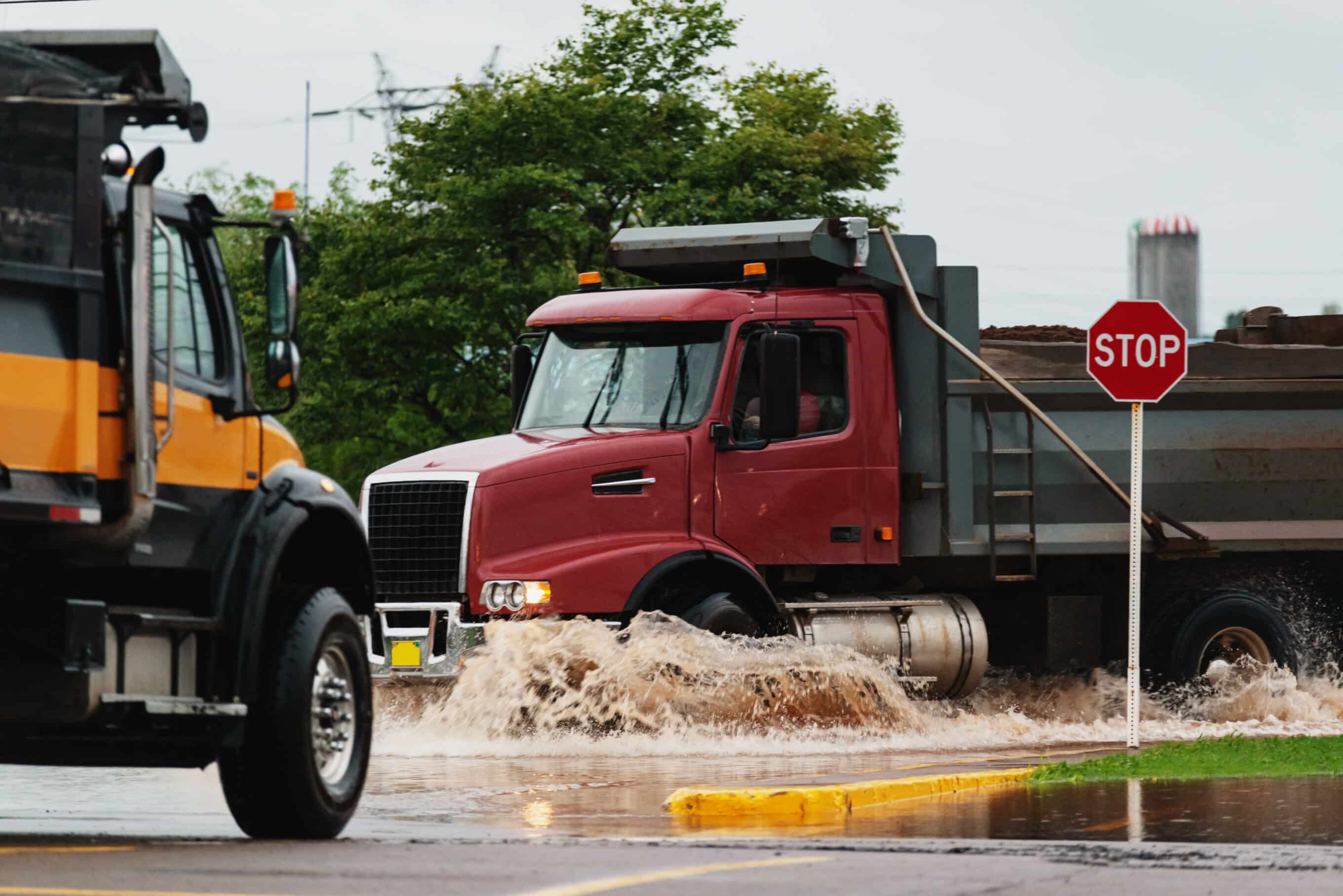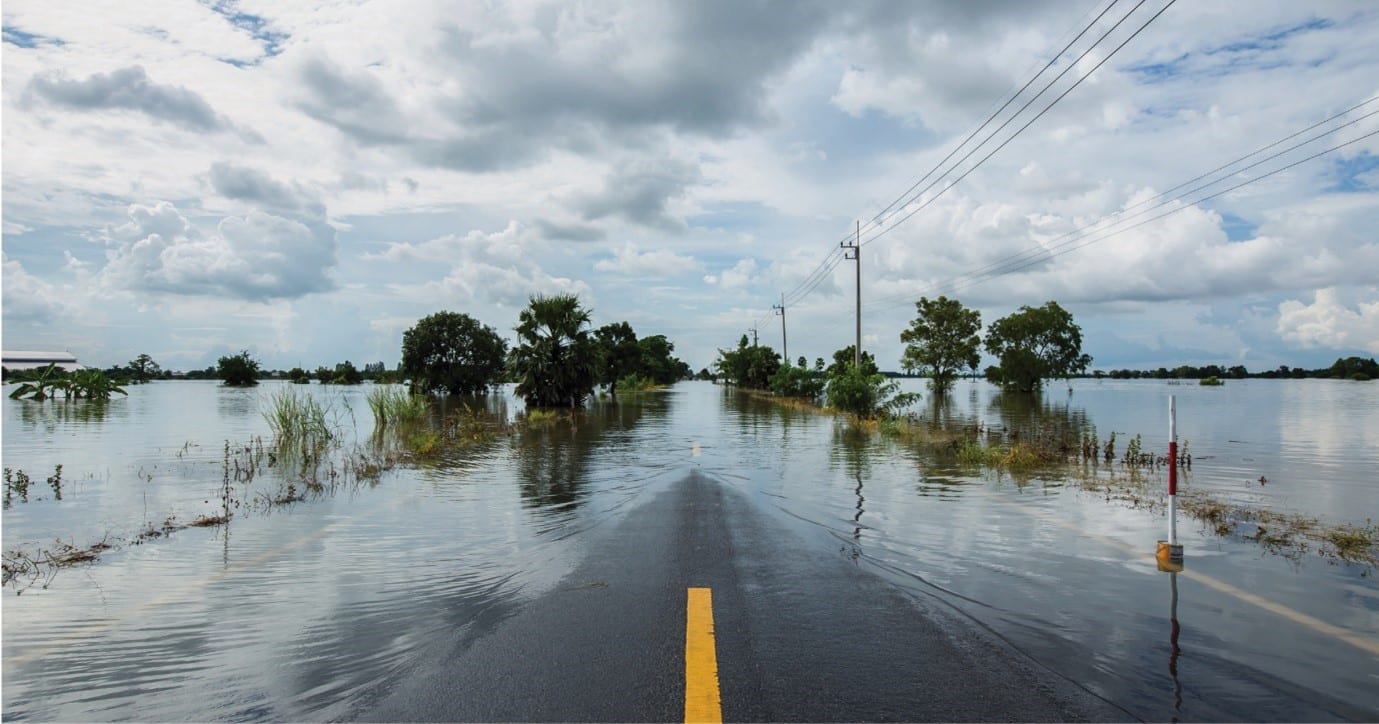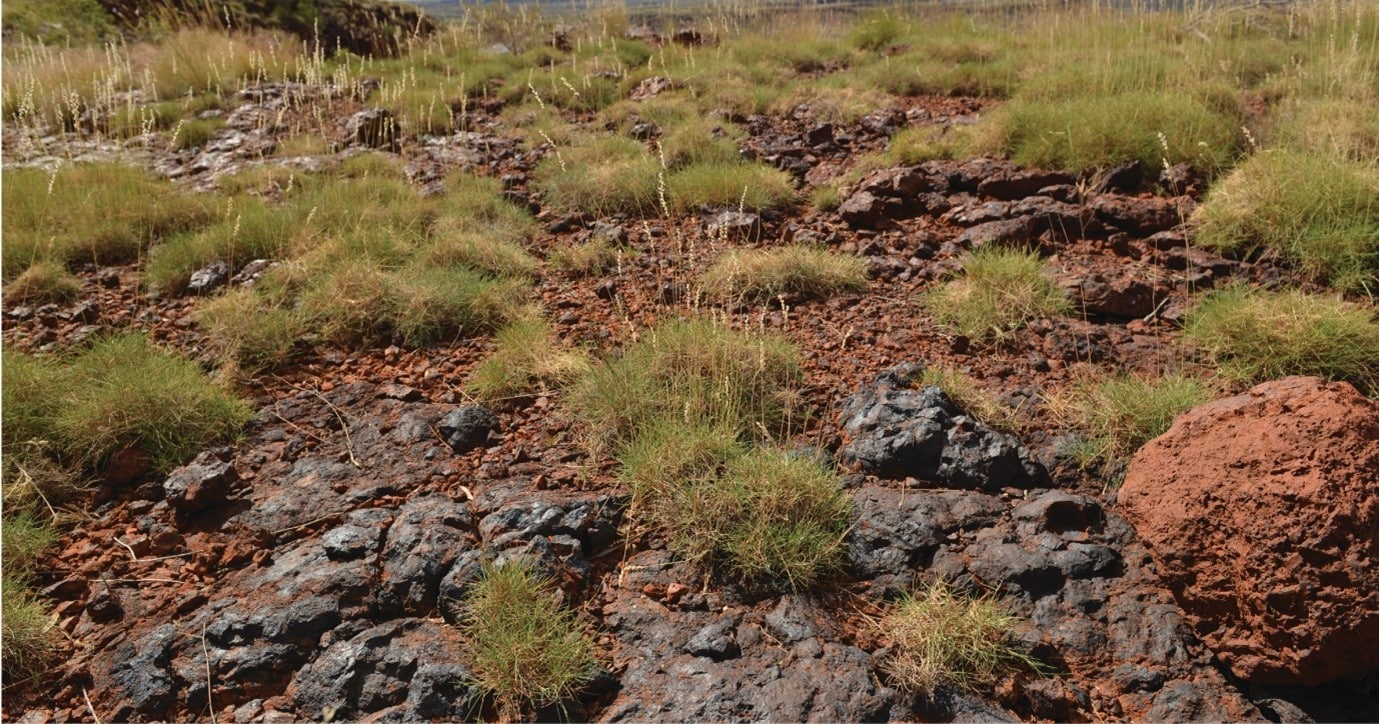Fires, floods and cyclones – taking a toll on insurance
Since the start of 2022, more than $9.8 billion in insurance claims for extreme weather events have been made in Australia. Data from the Insurance Council of Australia (ICA) shows that, as a result of multiple flood and storm events, 463,333 claims have been made, including 244,000 for the S-E Queensland and NSW floods in March 2022 ($6.16 billion in insured losses).
December 2023 saw two extreme weather events hit the nation – Tropical Cyclone Jasper and the Christmas/New Year storms – incurring more than $1.98 billion in economic losses within a mere fortnight, notes the 2024 Climate and Catastrophe Insights Report.
TC Jasper was identified as the most intense tropical cyclone in terms of rainfall on Australian record, drenching Far North Queensland with over 2,250mm of precipitation. This single event led to an economic fallout of $1.02 billion. In terms of insured losses, 9,500 claims were made with a value of $296 million. Some 95,000 claims were made for the Christmas and New Year storms that impacted S-E Queensland, NSW and Victoria. In excess of $1.1 billion in insured losses were incurred, while the economic cost was around $952 million.
Globally, total economic losses from extreme weather events reached around US$380 billion in 2023, with insured losses estimated at US$118 billion.
In just the first three months of 2024, the global economic cost of disaster events exceeded US$45 billion. Insured losses during the quarter were US$17 billion, with key contributors to the losses being severe convective and winter storms in the US, windstorms and flooding in Europe, and an earthquake in Japan.
Locally, the quarter saw catastrophes declared by the ICA for the Christmas/NY storms and for the Valentine’s Day storms in Victoria (24,600 claims with $162 million in insured losses), while the severe weather event in NSW’s Hawkesbury-Nepean and Illawarra regions in April was declared a significant event (in excess of 11,000 claims).
Disaster fall-out
A survey of home and contents policyholders by Choice in June 2023 found 39% had been impacted by an extreme weather event in the past five years – 19% had been impacted by flooding or heavy rain, 13% by hail, 10% by extreme wind, 7% by bushfires, and 3% by cyclones.
The fall-out from extreme weather events on affected communities is devastating, with the loss of lives, homes and possessions, infrastructure and peace of mind.
“Communities are being hit by more frequent disasters, from floods to fires and back again, leaving less time to recover,” said Climate Council Head of Research Dr Simon Bradshaw. “The economic and emotional toll on affected areas is mounting. Like all climate-fuelled disasters, intense rainfall and flooding have devastating consequences for communities, businesses and the economy.”
The ICA notes that: “Australians are experiencing more severe bushfires, hotter and longer heatwaves, rising sea levels that are exacerbating hazards along our coastlines, cyclones that are projected to intensify and possibly track further southwards and an increase in rainfall intensity and associated flooding as the climate warms.”
Polling by the Climate Council found one in three Australians are worried that they may have to permanently relocate because of extreme weather. In addition, one in 10 Australians has already had to move away from their homes, either temporarily or permanently, due to extreme weather.
There is also a toll on the insurance industry.
The impacts of climate change remain of critical concern to the insurance industry. In Moody’s 10 Major Risks Shaping Insurance Today paper, climate change ranked as the greatest risk in 2024. According to PwC, climate change ranks third among Australian insurers’ top risks.
According to lawyers Norton Rose Fulbright, climate change presents three distinct categories of risks that significantly impact the insurance industry:
- Physical risks – encompassing the direct and indirect consequences of extreme climate-related events that lead to property damage, business interruption and disruptions to livelihood.
- Transition risks – arising from the shift towards a low-carbon economy and driven by regulatory changes, technological advancements, and market fluctuations.
- Liability risks – arising from legal and financial liabilities associated with climate-related damages, and encompassing lawsuits related to inadequate risk disclosure, environmental pollution, and failure to adapt to changing regulatory requirements.
In terms of current impact on insurers and policyholders, the increasing frequency and severity of climate-related natural disasters is having a significant impact on physical risk exposures.
According to catastrophe insurance data provider PERILS, sums insured exposed to natural perils is US$111 trillion of property assets – with the exposure growing 11.7% year-on-year in US dollar terms.
In Australia, extreme weather events are becoming increasingly costly. Since the 2019–20 Black Summer bushfires (and up until November 2023), insurers have paid out more than $16.8 billion in natural disaster claims from 13 declared catastrophes and five significant events, ICA data revealed.
Consequently, insuring property against natural catastrophes (NatCats) is becoming increasingly difficult. Insurers are considering their options, especially in respect to cover for property in NatCat-prone zones. Some carriers have exited the market, others have adjusted their offerings, and most have increased premiums.
This has given rise to what has been dubbed an insurance ‘affordability crisis’ in certain areas across the nation. For many households and businesses, the premium increases are unsustainable, leading to underinsurance and no insurance cover.
Availability and affordability of property insurance in disaster-prone areas is of rising concern. The ICA notes: “Worsening climate impacts are driving challenges with the affordability of insurance in some high-risk regions in Australia and some regions may become increasingly difficult to insure as extreme weather risks grow”.
There are fears that some areas will become ‘uninsurable’ in the years ahead.
As the impacts of climate change and the increasing frequency and severity of extreme weather events are wrought, consensus is that a more strategic approach to resilience and risk mitigation is needed. All parties – governments, communities and the insurance industry – need to work together to adapt and progress resilience to extreme weather events to ensure that communities can be protected, and that insurance remains available and affordable.


















































